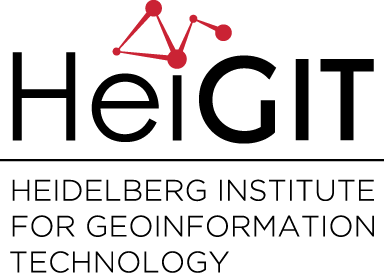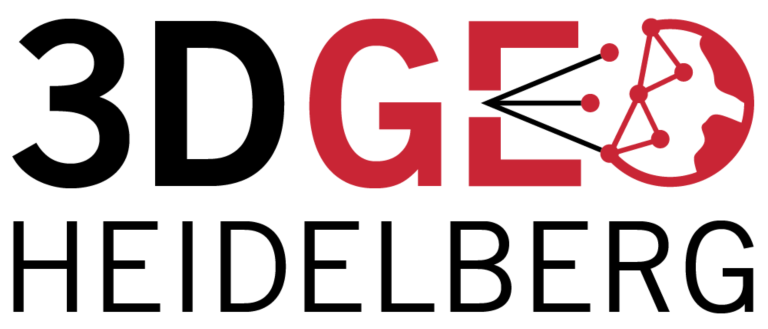High and dry – Verfügbarkeit und Nutzung von Wasser im kalt-ariden Trans-Himalaya
Tuesday, 06/05/2025, 19:15
Lecture Hall 2 (HS2), Kirchhoff Institute for Physics (KIP), INF 227, Heidelberg
Prof. Dr. Marcus Nüsser (Universität Heidelberg)
The high mountain deserts of the Trans-Himalaya are characterized by steep hygric elevation gradients, which show an extreme contrast between the arid valley terraces and the glaciated ridgelines and peaks. In these cold-arid environments, traditional forms of irrigation-based agriculture are a characteristic landscape element. Following an overview of the current state and development of the region´s cyrosphere, the talk will explore socio-hydrological systems through regional case studies. The presentation will highlight the importance of the different components of the cyrosphere and showcase adaption strategies to water scarcity, with a particular focus on the storage of water in frozen form.
Warum gibt es Baumgrenzen?
Tuesday, 27/05/2025, 19:15
Lecture Hall 2 (HS2), Kirchhoff Institute for Physics (KIP), INF 227, Heidelberg
Prof. Dr. em. Christian Körner (Universität Basel)
Anyone who has hiked in the mountains or traveled to the far north knows the rather abrupt change from the tall trees to low shrubs or grass. Why is there such vibrant plant life flourishing above the tree line, yet not a single tree? What is it that the trees cannot do? This talk explores the global phenomenon of the tree line and explains why trees disappear beyond a certain altitude or latitude. It also addresses key questions in the context of climate change: Why are trees already reacting so strongly at the tree line, while many alpine plants are rather resilient?
Gletscher – vom Prozessverständnis über Frühwarnsysteme zu Mahnmalen der Klimakrise
Tuesday, 03/06/2025, 19:15
Lecture Hall 2 (HS2), Kirchhoff Institute for Physics (KIP), INF 227, Heidelberg
Prof. Dr. Michael Zemp (World Glacier Service, Universität Zürich)
Glaciers are powerful symbols of climate change. Their melting is not only reshaping our landscapes but also has serious implications for local hazards, regional water security and global sea level rise. The lecture will give an overview of the perception of glaciers, which has evolved from an understanding of processes in the 19th century to early warning systems in the 20th century and memorials of the climate crisis in the 21st century. We will look back at how global glacier mass change has been estimated over time, what we have learned from decades of glacier monitoring, and examine the current state of the world’s glaciers. How are the glaciers doing today? And how long will the “eternal ice” be able to withstand the climate crisis?
Viet Nam – Unterwegs zwischen Kaffee und Karst (Studentischer Vortrag)
Tuesday, 01/07/2025, 19:15
Lecture Hall 2 (HS2), Kirchhoff Institute for Physics (KIP), INF 227, Heidelberg
Anna Sophie Waters, Rafael Dobmann & Arved Batzel (Universität Heidelberg)
The diverse geomorphological and geological conditions of Southeast Asia with its wide river deltas, karst landscapes and highlands have a lasting impact on social development and land use in Vietnam. As a result of anthropogenic climate change, the country is subject to strong processes of change and an increased risk of natural disasters. Climate shifts and changing environmental conditions can be reconstructed in paleoarchives over thousands of years. Beyond climate and geology, historical and ethnic dynamics are also decisive for the agricultural development and prosperity of the various regions of the country. The two-week excursion offered insights into the interplay of physical and human geography, particulary evident in the Central Highlands, which are dominated by ethnic miniorites, and the karst regions in the north of Vietnam.
Ressourcennutzung und Resilienz: Präkolumbische Terrassenwirtschaft in Südperu
Tuesday, 08/07/2025, 19:15
Lecture Hall 2 (HS2), Kirchhoff Institute for Physics (KIP), INF 227, Heidelberg
Prof. Dr. Julia Meister (Universität Bamberg)
The Peruvanian Andes are among the world’s most impressive cultural landscapes of traditional terrace farming. The lecture explores these pre-Columbian terrace systems as long-term strategies for resource use and adaptation to semi-arid environmental conditions. The focus is on new geoarchaeological findings from the Laramate region (southern Peru), which provides insights into the construction, use and soil-ecological effects of pre-modern terrace systems. The results illustrate how local communities responded to environmental change and developed complex agricultural systems as resilient solutions. The interdisciplinary approach – from geomorphology to soil science and settlement archaeology – not only provides a differentiated picture of past human-environment interactions, but also impulses for current debates on sustainable land use in resource-limited mountain ecosystems.
All talks will be held in German



